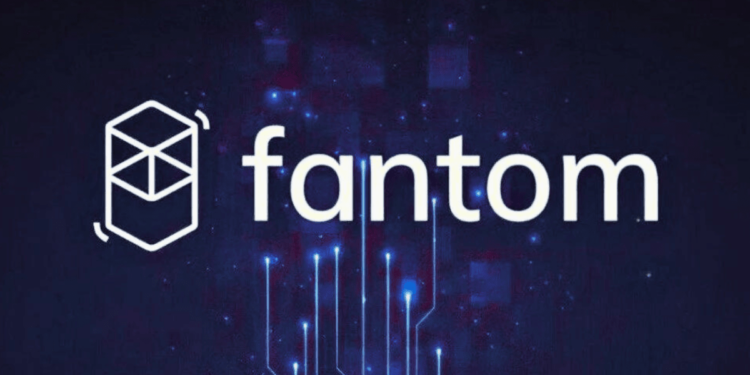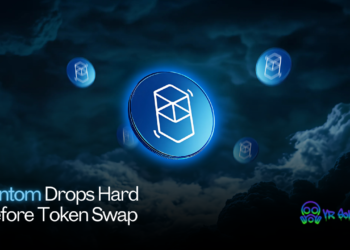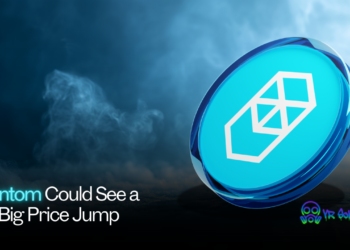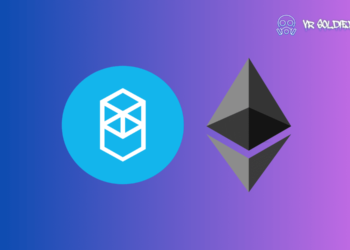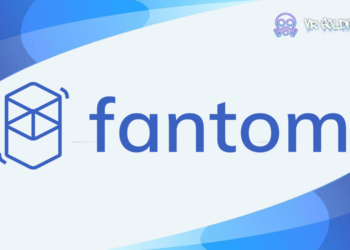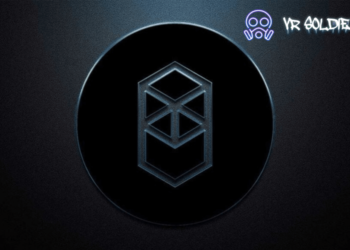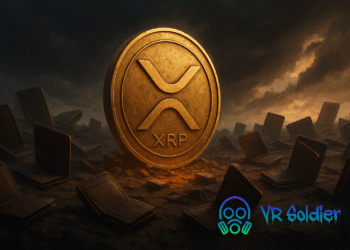The Fantom ecosystem overtook Binance Smart Chain to take third place in terms of volume of locked assets (TVL) held in liquidity pools. This happened against the backdrop of the completion of voting on the deployment of the Aave DeFi protocol on the network: 99.98% of votes in the Fantom community supported the idea of launching the protocol. It is also important that over the past year and a half, FTM, the Fantom cryptocurrency, has increased in price massively. We decided to figure out what is unique about this blockchain ecosystem, and to learn more about its included projects, and what are the prospects for the development of the project.
What Makes Fantom Unique?
Fantom is an open-source, decentralised blockchain platform for running smart contracts and decentralised applications (dApps). Fantom is similar to other smart contract platforms such as Ethereum, Binance Smart Chain, Solana, Cardano, Avalanche, Algorand, Polkadot or Polygon. But it has several important differences from them.
Fantom is not a blockchain in the classical sense, but a network based on another distributed ledger technology known as a DAG (Directed Acyclic Graph – DAG). Unlike a blockchain, in which all blocks are written sequentially, in a DAG, all data is written out of sequence.
Projects such as Hedera Hashgraph, IOTA and Nano, among others, also use DAGs in their architecture. But what makes Fantom unique is that the developers of this project were the first to add support for DAG-based smart contracts, and also launched a virtual machine (an environment for running smart contracts) compatible with the Ethereum Virtual Machine (EVM).
This means the two networks are compatible and Ethereum developers can easily run Ethereum applications on Fantom. Thanks to the modular architecture of the network, migrating dApps takes only a few minutes, which significantly reduces the cost of launching new products. At the same time, smart contracts in Fantom can be made more functional than in Ethereum. Moreover, Fantom is compatible with the Cosmos SDK, a framework for developing blockchain networks in the Cosmos ecosystem.
| Note: It’s worth mentioning that Fantom also runs a unique consensus algorithm called Lachesis aBFT (more on that below). This consensus algorithm allows the project to practically solve the scaling trilemma: the Fantom network is scalable, fast, secure and cheap. The average transaction fee does not exceed a few cents, and block generation time is 1–2 seconds. The current speed of Fantom is about 4,500 tx/s, and in the future the developers hope to reach 300,000 tx/s. |
How Does Fantom Work?
DAG, as a way to record blocks, has several advantages over blockchain and here are some of these advantages:
- High scalability – transactions are processed all at once, in parallel by different nodes (and not one after another);
- Low power consumption – there is no mining in Fantom;
- High speed – the more nodes in the network, the faster it is.
- As we wrote above, Fantom uses a unique Lachesis aBFT algorithm that uses asynchronous Byzantine fault tolerance (aBFT). Lachesis aBFT has some great features including:
- Asynchrony – transactions are processed by different nodes independent of each other;
- The highest level of security – thanks to which the network remains secure even if a third of its nodes are compromised.
Within a DAG, each node is responsible for its own set of blocks. Moreover, unlike blockchains, in DAG nodes do not check each block to achieve consensus – instead, validators only synchronise transactions at specified intervals. This is how nodes reach consensus independently of each other. All applications in Fantom run on their own DAGs, which use the same consensus algorithm but may have unique tokens, economies, and governance rules. That is, the Fantom network is a set of decentralised systems that operate independently, but constantly interact with each other.
All applications running on the Fantom network run in the Opera decentralised development environment. It is where the Ethereum-compatible virtual machine is located.
There are two types of nodes:
- Validators who verify transactions. To become a validator, you need to block 1 million FTM (about $1.9 million at the current rate) and your own server. There are currently 55 active validators in the network, and the profitability is about 12% per annum.
- Witnesses who check the work of validators.
Fantom crypto price reached $ 0.396162 in January 2024 and experts have made bullish Fantom price predictions thanks to all these advancements and green technical indicators.
About Fantom
The key feature of Fantom is that it can process over 300,000 transactions per second (TPS). For comparison, this indicator in the Bitcoin network is 7, and in Ethereum it is 20-30. In terms of the number of TPS, Fantom is even ahead of Visa. This makes it the fastest blockchain on the market.
However, there is one caveat: the maximum speed recorded so far was 146 tks/s. This still puts Fantom in the top ten, but in fact it is still far from solving the problem of scaling cryptocurrencies.

